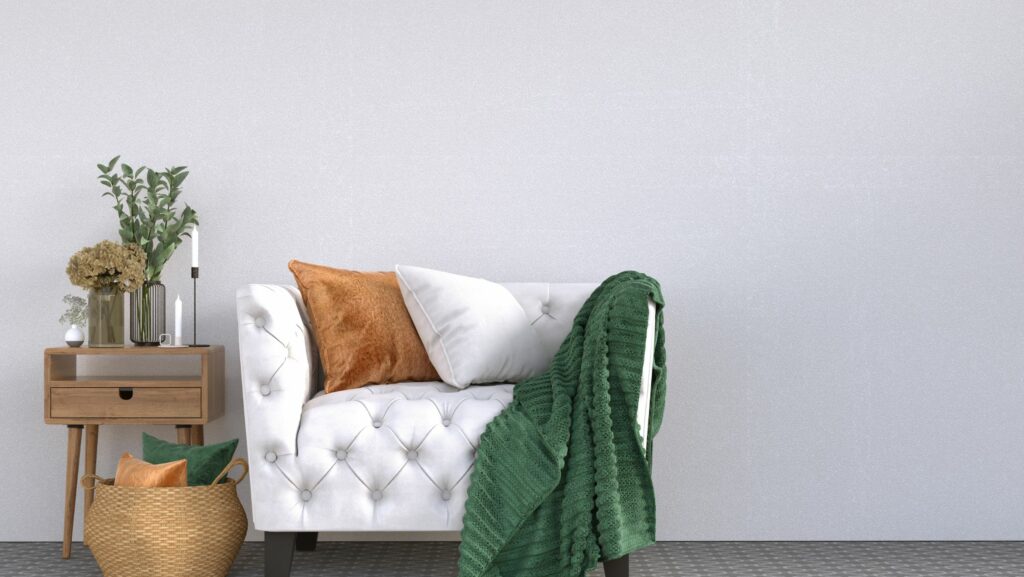Crafting a perfect small home studio can be a daunting task. It’s a challenge to balance functionality and aesthetics in a confined space. But don’t worry, with the right approach, a small studio can become a powerhouse of creativity and productivity.
Whether you’re an artist, a musician, or simply someone looking for a serene workspace, a well-designed home studio can make a world of difference. This article will explore some ingenious design ideas and practical tips to help you transform your small space into a fully functional and inspiring home studio.
So, if you’re ready to embark on the journey of creating your dream home studio, let’s dive in and explore the exciting world of small home studio design.
Small Home Studio Design
To comprehend small home studio design, one must acknowledge several elements. Two such integral factors are space efficiency and key design considerations.
Importance of Space Efficiency
Space efficiency determines a studio’s functionality. It isn’t merely about creating a workspace; it toes the line between maximizing space usage and ensuring comfort. For example, using multi-purpose furniture like a storage ottoman, which serves as seating and storage, is a common space efficiency strategy in small home studios.
Key Design Considerations
Designing a small home studio demands thoughtfulness and creativity. Aside from space efficiency, lighting and soundproofing are key design considerations. For instance, integrating LED lights due to their low heat emission, making them suitable for small spaces, or using a thick rug that can absorb sound to provide optimal acoustics in your studio. It’s crucial that these design considerations adhere, not only to the user’s personal style, but also to their specific functional needs.
Essential Equipment for a Small Studio
Primarily, underpinning a small home studio’s success hinges on acquiring optimum audio gear. Bridging the gap between amateur setups and professional quality, quality microphones, headphones, audio interfaces, and studio monitors make an impactful difference.
Investing in a durable, versatile microphone significantly enhances sound clarity. Common instances include dynamic and condenser microphones, offering diverse qualities for different recording needs. Notably, entry-level models like the Audio-Technica AT2020 exhibit affordability and superior performance. Meanwhile, headphones offer an intimate listening experience, with closed-back types like the status Audio CB-1 leading the preference for studio recording.
Another pivotal element, audio interfaces, translates analog sound into digital data, with the Focusrite Scarlett 2i2 universally acknowledged for its foolproof operation and high-quality results. Honing the sonic landscape, active studio monitors like the renowned KRK Rokit 5’s balance audio fidelity and cost-efficacy, proving ideal for compact studio environments.
Compact and Multipurpose Furniture
Ensuring functional utility across limited spaces, streamlined and multi-faceted furniture stands quintessential for small studios. They offer creative scope while maintaining productivity and comfort. For instance, studio desks with built-in racks allow for ergonomic gear placement and organization. Renowned choices like the On-Stage Stands Workstation ensures a dedicated workspace with integrated features for miscellaneous items.
Maximizing Space in Your Studio
Managing space in a small home studio entails considering every square inch. It’s about merging aesthetics with function, maintaining a sleek, professional appearance while still ensuring easy access to equipment and optimal acoustic performance.
Incorporating smart storage solutions plays a significant role in maximizing space. Instead of standard cases, consider using space-saving options. Vertical storage solutions, for instance, utilize wall space effectively. Mounted shelves, magnetic knife racks for tools, and pegboards for cables and gear are typical examples.
Adequate storage strategies can even expand to include underutilized spots. Corners, often overlooked, can house corner shelves or stands. Closets can be converted into a vocal booth or equipment storage with efficient cable management systems. Also, rather than externalizing storage, integrating it into existing structures could free up precious floor space. For instance, a bed with storage compartments or a multi-tiered studio desk stores essential items right within reach.
Intelligent furniture placement also significantly impacts space optimization. Placing taller items and storage racks against walls minimize their footprint, opening up the room centrally. This arrangement also affords easier reach and connectivity for cables and gear.

